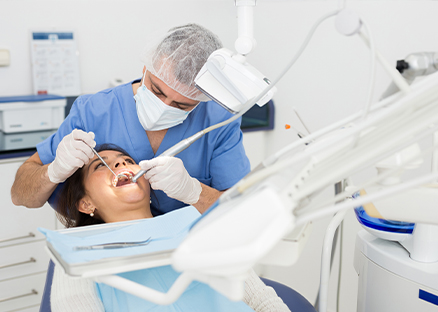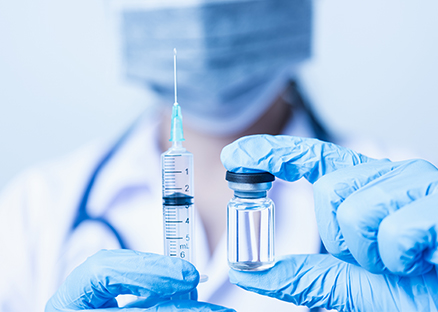Development Trends and Innovation Breakthroughs of the Syringe Industry in 2025: Global Market Reshaping and Technological Innovation Parallel
1、 International trade policy shocks and industry responses
Industry differentiation under the tariff game between China and the United States
Starting from April 2025, the United States will impose a 54% tariff on Chinese medical products, with the syringe tax rate soaring from 120% to 154%, directly squeezing the profit margins of export companies. However, core drugs such as vaccines and antibiotics maintain their original tax rates, while some raw materials (such as vitamins and hormones) and plant extracts are included in the exemption list. To avoid risks, Chinese companies are accelerating the layout of production capacity in North American free trade zones such as Mexico and Canada, avoiding taxes through rules of origin, and some new factories are expected to be put into operation by the end of 2025.
Breakthrough in localized production in Africa
The self destruct syringe factory built by Tiankang Medical in Rwanda has passed WHO pre certification, with an annual production capacity of 300 million units, filling the supply chain gap in Africa. Despite facing high logistics costs (land transportation costs are twice as high as sea transportation) and difficulties in training technical workers, international organizations provide funding support to promote project implementation.
2、 Technological innovation drives industry upgrading
Breakthrough in Needle free and Intelligent Injection Technology
Painless injection: The spring-loaded needle free injector developed by Muyuan Group achieves precise dose control and is planned to be used for the treatment of chronic diseases and vaccination, subverting the traditional injection experience.
Intelligent injection pen: Baojuhe Medical has launched an intelligent injection pen that is compatible with GLP-1 drugs (such as semaglutide), with an accuracy that meets international standards and an order volume of over ten million units.
Medical beauty refinement tool: Dongfang Baili Elf Pen has passed NMPA certification. As the first electronic injector control device, it achieves a precision of 0.01ml, significantly reducing the risk of medical beauty injection complications.
Long term slow-release technology innovation
The MIT team has developed drug crystal suspension injection technology, which can achieve drug sustained release for 2 years with a single injection. It is suitable for contraception and chronic disease treatment, and can be administered through a small needle to improve patient compliance.
3、 Market demand and competitive landscape
The demand for vaccines and chronic diseases has surged
The increase in global vaccine coverage (such as malaria, COVID-19 booster needle) and the outbreak of GLP-1 drugs (sales exceeding 50 billion dollars in 2024) have promoted the expansion of the syringe market. It is expected that the global sales of disposable safety syringes will reach 15.84 billion US dollars by 2030, with a compound annual growth rate of 6.9%.
Environmental Protection and Intelligent Transformation
Degradable materials: The market share of biodegradable plastic syringes is expected to exceed 15% by 2030.
High end equipment competition: The domestic market size of high-pressure injectors (used for medical imaging assistance) has reached 1.506 billion yuan, with companies such as Xinguan Electromechanical and Yixing Medical leading the domestic substitution.
4、 Global layout of domestic enterprises
Certification and Capacity Going Global
Seagull Medical, Tiankang Medical, and others have passed WHO pre certification and FDA review, entering the international procurement system. Wuxi Yushou Medical Equipment has an annual production capacity of 500 million safety syringes, with exports accounting for over 40%.
Technical output and cooperation
Chinese companies have established factories in Africa and Southeast Asia through technology transfer and participated in international standard setting, such as the safe insulin pen needle developed by Beipu Medical, which has obtained CE certification from the European Union.
5、 Industry Challenges and Future Prospects
Cost and compliance pressures
The rise in raw material prices (such as medical plastics and stainless steel) and the tightening of European and American regulations (such as FDA 510k audits) have pushed up production costs for enterprises, and small and medium-sized manufacturers are facing the risk of elimination.
Breakthrough in cutting-edge fields
Personalized Medicine: Naisi Biotechnology has launched customized pen style syringes that are compatible with growth hormone and insulin, completed the FTO review between China and the United States, and broken down the patent barriers of multinational corporations.
Supply chain resilience: Southeast Asian contract factories (such as Vietnam and India) seize market share with low tariffs, forcing China's industrial chain to upgrade to high value-added links.
In 2025, the syringe industry will undergo structural changes amidst the interweaving of trade frictions and technological revolution. Chinese enterprises are gradually shifting from "cost advantage" to "technology dominance" through capacity transfer, technological innovation, and global layout. In the future, the demand for intelligence, environmental protection, and precision medicine will reshape the industry landscape, and enterprises with core patents and global supply chain integration capabilities are expected to lead the race.
-

Innovation and Market Trends in Dental Rinse Needle Technology: Safety and Efficiency Become Industry Focus
-

Development Trends and Innovation Breakthroughs of the Syringe Industry in 2025: Global Market Reshaping and Technological Innovation Parallel
-

We warmly celebrate the official launch of the official website of Wuxi GuKang Medical Equipment Co., Ltd
